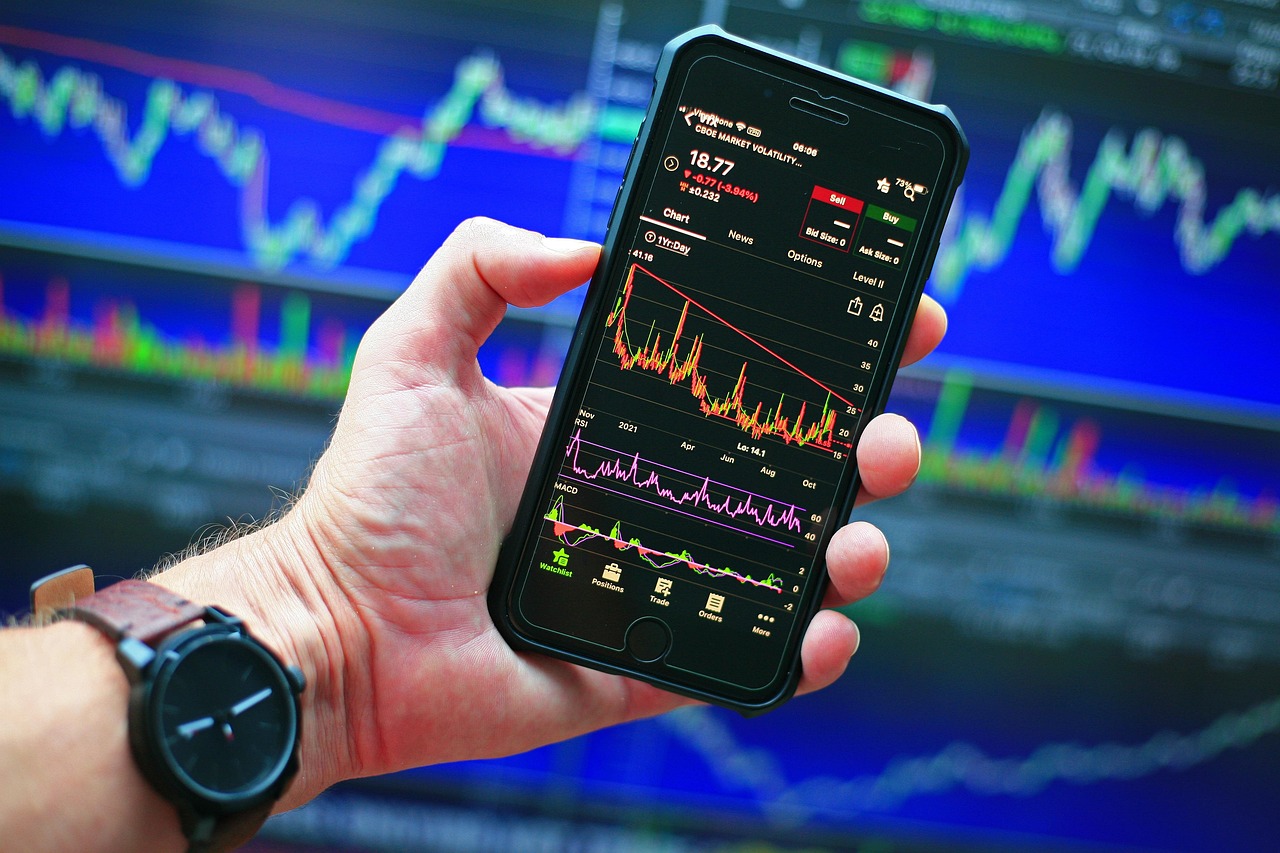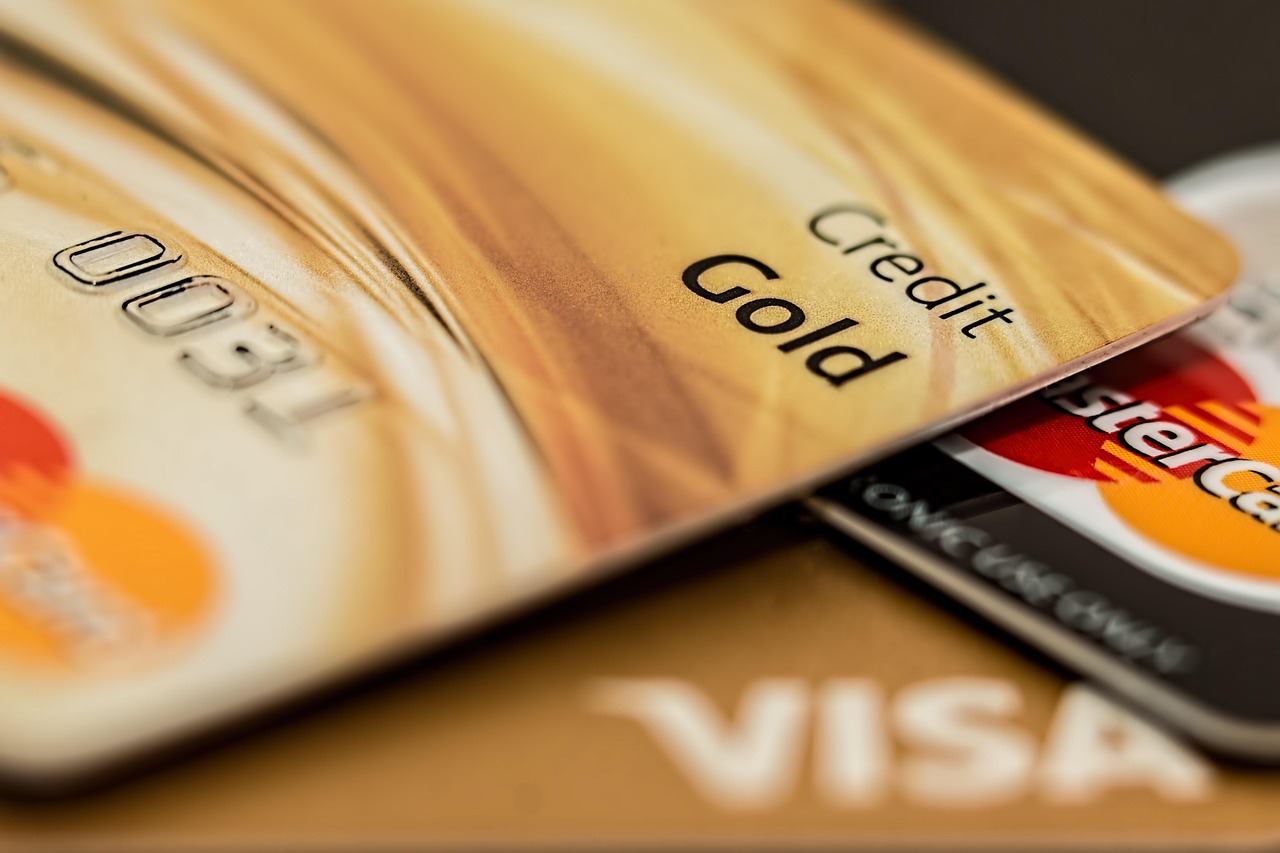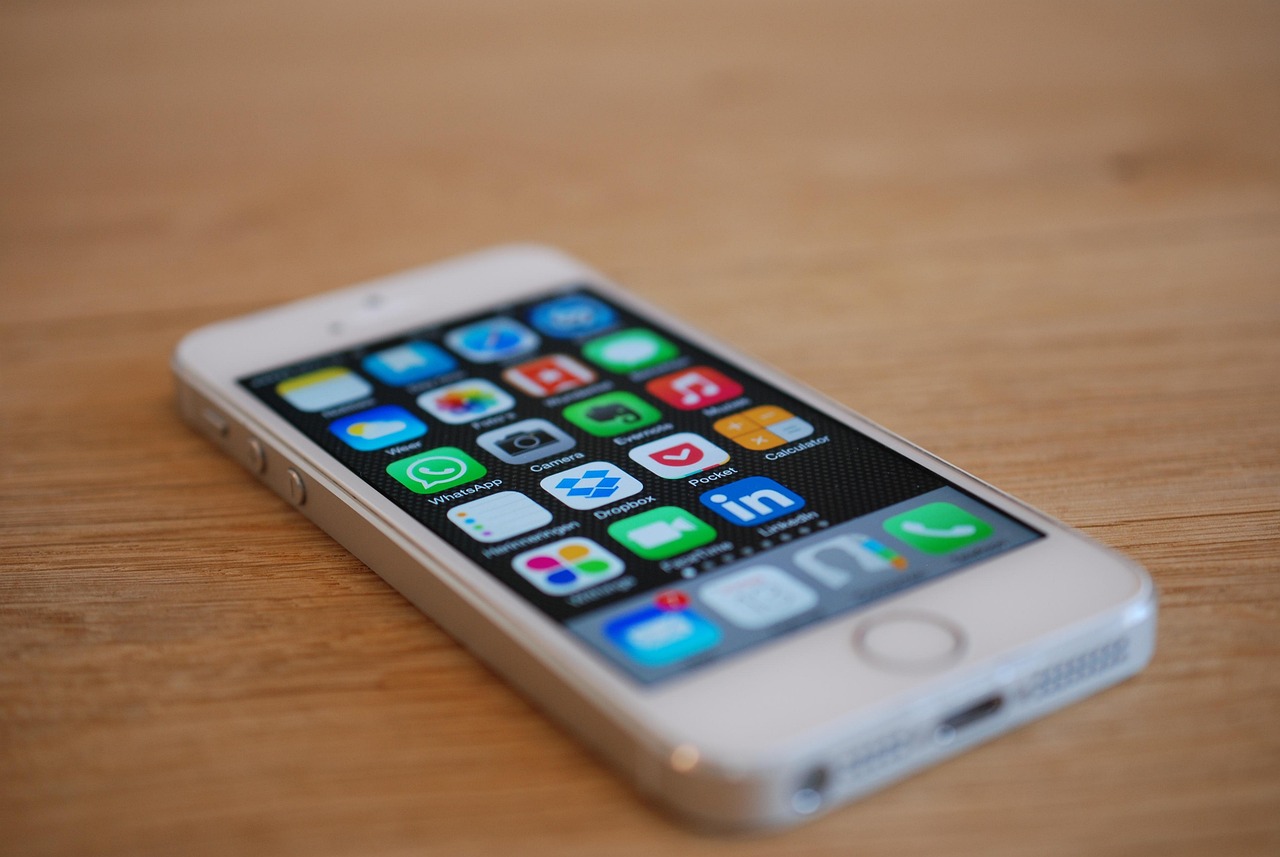Micro-Investing: Exploring Precious Metals Options

In the evolving landscape of investment, micro-investing has emerged as a compelling option for individuals seeking to enter the financial markets without substantial upfront capital. This approach enables investors to allocate small amounts of money into various assets, including the historically stable and valuable arena of precious metals. As economic uncertainties continue to influence global markets, micro-investing in precious metals offers a strategic avenue for portfolio diversification and risk management.
Precious metals, such as gold, silver, platinum, and palladium, have long been considered safe-haven assets. Their intrinsic value and historical resilience against inflation and currency devaluation make them attractive investment choices. Traditionally, investing in these commodities required significant capital, often reserved for affluent investors or large financial institutions. However, the advent of micro-investing platforms has democratized access, allowing a wider audience to participate in the precious metals market.
Micro-investing platforms leverage technology to provide fractional ownership of assets, enabling investors to purchase small increments of precious metals. This approach aligns with the growing trend of digital finance, where users expect seamless, low-cost investment options accessible via smartphones and other digital devices. Through these platforms, investors can acquire precious metals in grams or ounces, rather than purchasing whole bars or coins, which might be prohibitively expensive.
One of the primary advantages of micro-investing in precious metals is the ability to hedge against economic volatility. In times of geopolitical unrest or financial instability, precious metals often retain their value or appreciate, offering a buffer against potential losses in other asset classes. For instance, during the COVID-19 pandemic, gold prices surged as investors sought refuge from uncertain economic conditions, highlighting its role as a protective asset.
Globally, the demand for precious metals continues to grow, driven by factors such as industrial use, jewelry manufacturing, and central bank reserves. In particular, emerging markets in Asia have shown increasing appetite for gold and silver, both as investment vehicles and cultural symbols of wealth. This sustained demand underpins the long-term value proposition of precious metals as part of a diversified investment strategy.
When considering micro-investing in precious metals, it is crucial for investors to understand the associated risks and costs. While the barrier to entry is lower, transaction fees and storage costs can impact overall returns. Investors should conduct thorough research on the platforms they choose, ensuring they offer transparent pricing, secure storage solutions, and credible market insights. Additionally, as with any investment, due diligence is essential to avoid fraudulent schemes that target unsuspecting investors.
For tech-literate professionals, the integration of blockchain technology into the precious metals market presents new opportunities. Blockchain offers enhanced transparency, traceability, and security, which are critical in verifying the provenance and authenticity of precious metals. Some platforms are exploring tokenization, where physical assets are represented by digital tokens, allowing for more efficient trading and ownership verification.
In conclusion, micro-investing in precious metals is a viable strategy for individuals looking to diversify their portfolios and safeguard their wealth against economic uncertainties. By leveraging modern financial technologies, investors can access these valuable assets with greater flexibility and lower costs. As the financial landscape continues to evolve, the ability to incorporate precious metals into micro-investment portfolios will likely become an increasingly attractive option for tech-savvy investors seeking stability and growth.















